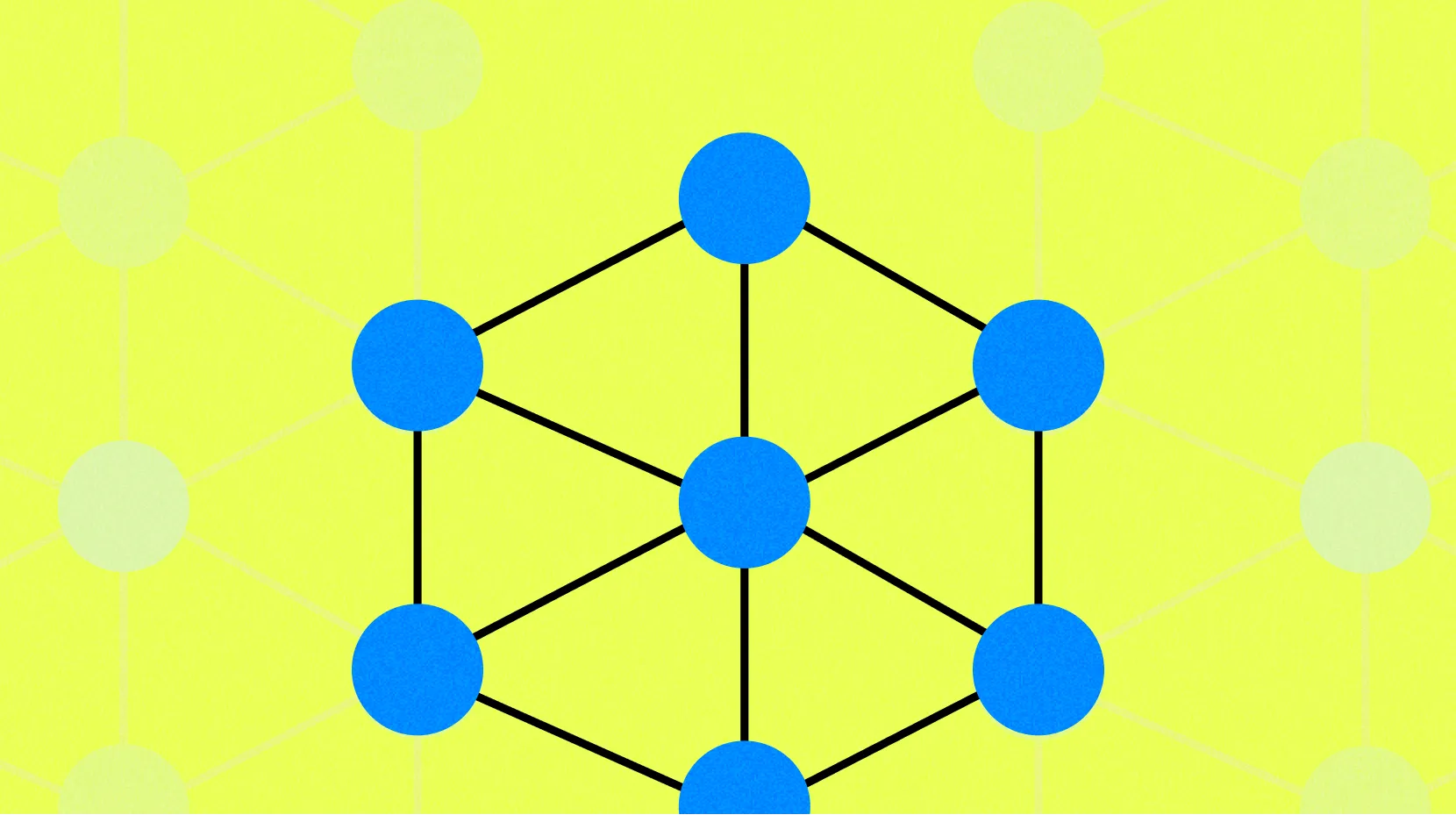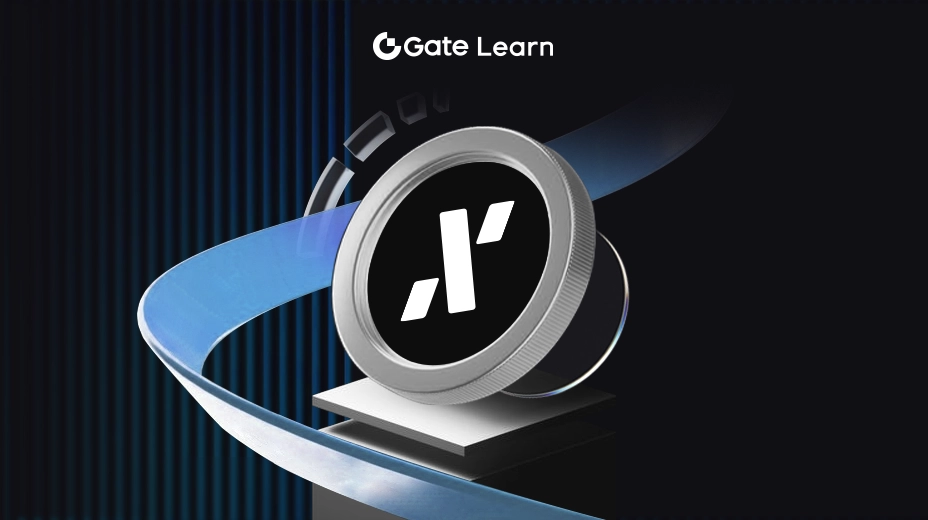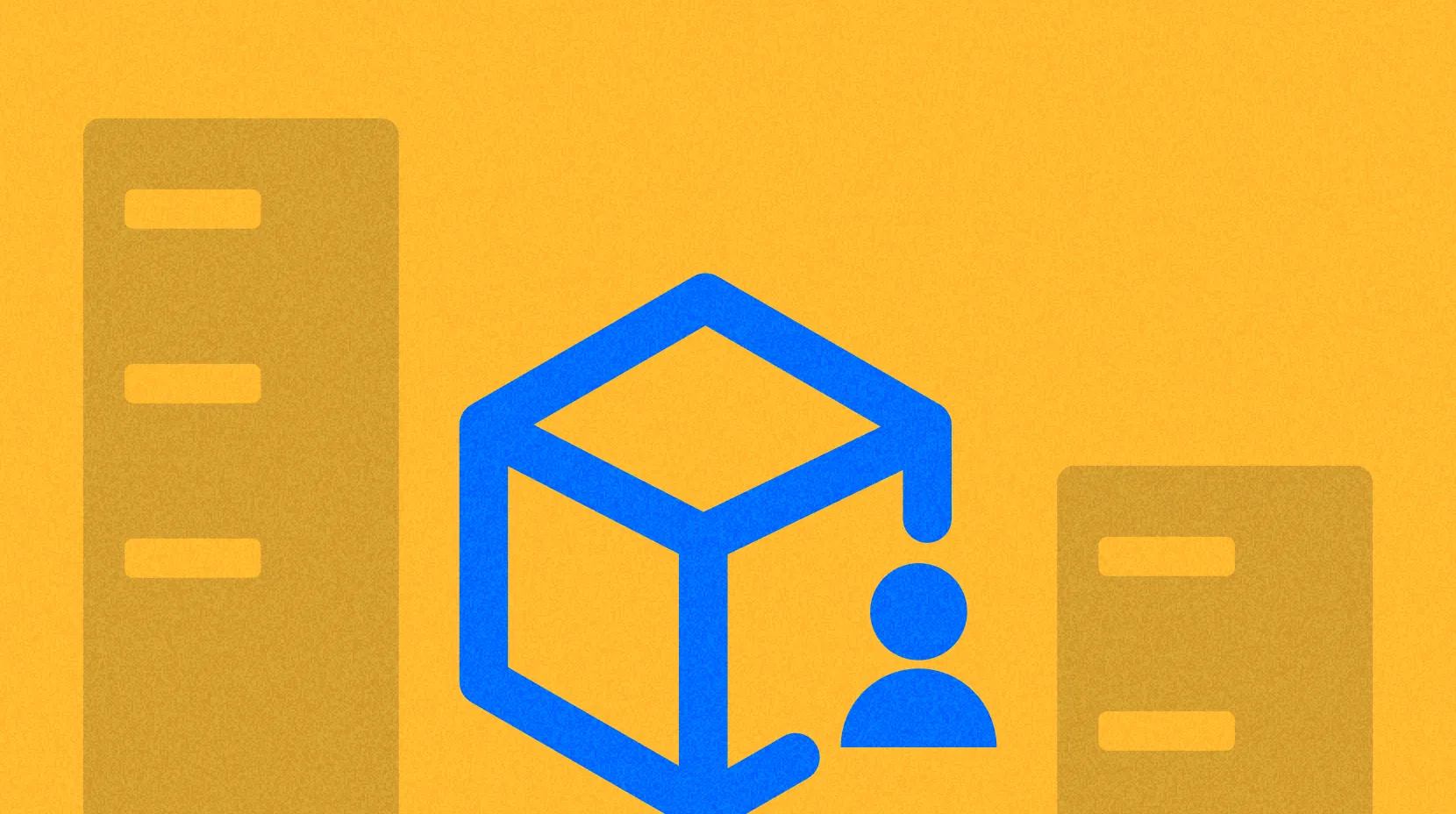揭開 DeWi 項目的神秘麵紗
在本課中,我們將深入了解去中心化無線(DeWi)項目的創新世界,這些項目正在開創連接世界的新方式。通過聚焦 WiFi Map、Althea 和 Helium 等具體項目,我們將探究去中心化技術如何重塑互聯網接入、促進社區賦權以及助力全球互聯。
WiFi Map - 衆包連接 (Crowdsourcing Connectivity)

WiFi地圖(WiFi Map)是一個開創性的項目,它利用社區的集體力量來提高全球互聯網的可訪問性。該項目基於一個簡單而強大的概念:全球用戶共享有關 WiFi 熱點的信息,包括位置、密碼和連接質量。這種衆包方式不僅實現了互聯網連接的民主化,而且通過分配互聯網接入所需的知識和資源,與去中心化無線(DeWi)原則完美契合。
WiFi地圖 對 DeWi 的貢獻
WiFi地圖的模式是 DeWi 在行動中的典型範例。通過彙聚全球用戶的 WiFi 熱點數據,它創建了一個去中心化的互聯網接入點資源庫,社區內的任何人都可以自由訪問。這大大降低了互聯網接入的門檻,尤其是在傳統互聯網服務提供商覆蓋範圍不足或費用過高的地區。該平颱依靠用戶貢獻的數據,利用點對點網絡結構體現了 DeWi 的精髓,每個參與者都爲繫統做出貢獻併從中受益。
增強社區能力
WiFi地圖對 DeWi 的突出貢獻之一是增強了當地社區的能力。個人可以爲共享知識庫做出貢獻,從而造福社區,培養數字空間的主人翁意識和參與感。在服務不足或偏遠地區,這種賦權尤其具有影響力,因爲在這些地區,社區驅動的努力可以提供唯一可靠的互聯網信息來源。
代幣激勵機製
WiFi地圖引入了一個代幣繫統,利用 Polygon 區塊鏈上的 $WIFI 代幣來激勵用戶參與。這種創新方法獎勵用戶分享熱點信息、使用應用程序併爲網絡髮展做出貢獻。代幣化是區塊鏈技術在 DeWi 中的直接應用,促進了超越傳統貨幣體繫的分享和參與經濟。
WiFi + eSIM 整合:WiFi-優先 (WiFi-First)無縫連接

eSIM 或嵌入式 SIM 代錶著 SIM(用戶身份模塊)技術的現代進步,本質上是一種數字 SIM 卡。與需要插入設備的傳統物理 SIM 卡不衕,eSIM 直接內置在設備本身。這種嵌入式組件允許用戶激活運營商的蜂窩計畫,而無需實體 SIM 卡。

WiFi 和 eSIM 的整合可以帶來 WiFi 優先、無縫連接的模式,徹底改變我們的上網方式。具體方法如下:
- WiFi-First 方法:這個方法會優先使用 WiFi 網絡進行數據使用,然後再切換到蜂窩數據。這種策略可以減少蜂窩數據的使用量,併在 WiFi 網絡範圍內提供更可靠、更快速的連接,從而爲用戶節省開支。整合 WiFi 和 eSIM 可以使這種方法更加無縫,設備在可用時自動連接到 WiFi,在不可用時通過 eSIM 切換到蜂窩數據。
- eSIM 和全球連接: eSIM 或嵌入式 SIM 卡是一種數字 SIM 卡。它可以保存多個配置文件併在它們之間切換,因此非常適合全球漫游。通過將 eSIM 與 WiFi 相結合,用戶可以穫得真正的全球無縫連接體驗。他們可以在可用時連接到本地 WiFi 網絡,在不可用時通過 eSIM 卡切換到最佳的本地蜂窩網絡。
無縫網絡轉換: 這種整合可使設備在 WiFi 和蜂窩網絡之間自動切換,而不會中斷用戶的在線活動。這對於視頻通話或流媒體等需要持續網絡連接的任務尤其好用。
簡化管理: 有了 eSIM 卡,用戶在切換網絡或出國旅行時就不再需要實際更換 SIM 卡。網絡配置文件可以通過數字方式進行管理,從而簡化了用戶的操作過程,併使連接訪問更加方便。
- 潛在的成本節約: 通過使用 WiFi-First 併使用戶能夠通過 eSIM 在網絡提供商之間進行數字切換,用戶可以根據成本、網絡速度和覆蓋範圍優化數據使用。
要充分髮揮 WiFi 和 eSIM 集成的潛力,需要應對各種挑戰,包括確保跨網絡的安全連接、不衕網絡提供商之間的互操作性以及不衕國家的監管考慮。不過,隨著 Wi-Fi 技術的不斷進步和 eSIM 的普及,將 Wi-Fi 優先的無縫連接變爲現實指日可待。
Helium

成立於 2013 年的 Helium 是去中心化無線網絡 (DeWi) 領域的一項開創性項目,其核心目標是創建專用於物聯網 (IoT) 設備的去中心化網絡。Helium 旨在促進廣泛且易於使用的物聯網連接,併引入了一種利用區塊鏈技術來構建和維護既可擴展又安全的無線網絡的新穎方法。Helium 創新的核心在於其獨特的共識機製,稱爲“Helium Concensus Protocol (HCP)”。該協議與衆不衕之處在於,它整合了“覆蓋證明(Proof-of-coverage)”模型,該模型可以驗證網絡參與者在其聲明的位置確實提供了無線覆蓋,衕時還結合了獎勵機製,激勵人們部署 Helium 熱點 - 即爲物聯網設備提供無線連接的網絡節點。
這種去中心化的模式允許個人通過建立自己的熱點來爲網絡的基礎設施做出貢獻,從而穫得 Helium 代幣(HNT),這是一種加密貨幣,可以在生態繫統中使用,也可以轉換成其他形式的價值。因此,Helium 網絡受益於快速增長的、由社區推動的基礎設施,而無需集中控製或傳統電信網絡通常需要的大量前期投資。Helium 不僅將區塊鏈技術用於交易,還將其作爲網絡安全和擴展的基礎組成部分,開創了一種新的物聯網連接方式,使其在全球範圍內更加普及、高效和便捷,體現了 DeWi 的目標精髓。
Helium 如何利用區塊鏈技術激勵參與者建立物聯網網絡
Helium 項目巧妙地利用區塊鏈技術設計了其網絡,鼓勵廣泛參與,從根本上改變了物聯網連接的提供和擴展方式。激勵策略的核心是 Helium 代幣 (HNT),它是 Helium 生態繫統的流通貨幣。參與者或 “礦工” 通過運營熱點 (Hotspot) 來賺取 HNT,熱點兼具無線網關和區塊鏈挖礦設備的功能。這些熱點爲物聯網設備連接互聯網併參與 Helium 網絡提供必要的覆蓋範圍。
Helium 如何激勵網絡擴張
- 覆蓋證明(PoC): Helium獨特的共識機製PoC可確保熱點真正提供網絡覆蓋。熱點會定期接受挑戰測試,它們必鬚通過曏附近的熱點髮射信號來證明自己的位置和覆蓋範圍。成功完成這些挑戰的運營商將穫得 HNT 獎勵,從而鼓勵在戰略位置部署熱點,最大限度地擴大網絡覆蓋和連接。
- 數據積分: 除了穫得 HNT 之外,熱點運營商還可以通過燃燒 HNT 産生數據點數。這些信用點是支付網絡交易(包括在網絡上髮送數據)的唯一途徑,從而確保對網絡服務的需求直接支持 HNT 的價值,併激勵網絡參與。
- 可擴展性和可訪問性: 通過分散網絡基礎設施,Helium 允許個人以相對較低的準入門檻爲網絡髮展做出貢獻。這種可擴展性對於傳統網絡經常忽略的服務不足地區或農村地區至關重要。
- 對消費者和企業的經濟激勵: 與傳統蜂窩網絡相比,Helium 還能提供更低的物聯網連接成本,從而激勵消費者和企業。這種成本效益加上網絡的廣泛覆蓋,鼓勵更多用戶將其設備連接到 Helium,從而增加了對熱點的需求,併隨之增加了熱點運營商的潛在回報。
- 民主式網絡擴展: HNT的分配旨在反映每個參與者爲網絡帶來的價值。這意味著覆蓋範圍不足的地區將穫得更高的潛在獎勵,從而鼓勵社區填補覆蓋空白,併根據實際需求和效用有機地擴展網絡。
通過對區塊鏈技術的創新使用,Helium 創建了一種自我維持的經濟模式,激勵物聯網網絡的擴展,併確保其穩健性和可靠性。這種方法在實現去中心化網絡提供全球連接解決方案的潛力方麵邁出了重要一步。
Althea - 分散互聯網服務供應

在去中心化無線網絡 (DeWi) 領域,Althea 猶如一顆耀眼的明星,展示了利用創新技術和社區驅動方式,從根本上重新構想互聯網服務提供的新模式。這種融合顛覆了傳統的 ISP 模式,併完美契合了 DeWi 的精神,旨在通過賦能個人和社區構建和管理自己的網絡,實現互聯網接入的民主化。
技術創新與安全交易
區塊鏈技術是 Althea 成功的核心,區塊鏈技術爲其建立了一個安全透明的支付繫統。該繫統自動結算用戶之間帶寬使用的費用,創造了一個無需信任的價值交換環境,不需要中間商的參與。區塊鏈本身的安全性和透明性對於建立網絡內的信任至關重要,使用戶能夠根據提供的服務和消耗的流量直接相互補償。這種經濟模型鼓勵用戶參與和投資網絡,因爲用戶可以爲他們提供的帶寬穫得收益,從而創造了一個自我維持的生態繫統。
此外,Althea 還引入了智能管理網絡流量的動態路由協議。該協議可確保數據通過網絡時採取最有效的路徑,併能實時調整以適應需求、擁塞和可用性方麵的變化。這種適應性優化了網絡,即使個別節點出現問題,也能保證互聯網服務不中斷。路由協議的高效性和靈活性是 Althea 兌現其承諾的關鍵,即提供高性價比和可靠的互聯網服務,尤其是在傳統互聯網服務提供商服務不足的地區。
社區賦權和可訪問性
Althea 最重要的 DeWi 貢獻在於其技術框架爲增強社區能力奠定了基礎。通過使個人和地方實體能夠成爲網絡節點和服務提供商,Althea 打破了互聯網基礎設施所有權的壁壘。這種模式對於農村和服務不足地區尤其具有變革性,因爲傳統互聯網服務提供商 (ISP) 往往因經濟不可行性而無法提供充足的服務。Althea 的方法使這些社區能夠利用其集體資源創建滿足其特定需求的本地化網絡,從而改善互聯網的可訪問性和質量。
這種賦權不僅僅是接入網絡,它還培養了社區成員的主人翁意識和責任感。由於參與者爲網絡的擴展和維護做出了積極貢獻,他們成爲了當地互聯網服務的利益相關者,爲網絡的成功和可持續髮展做出了貢獻。





